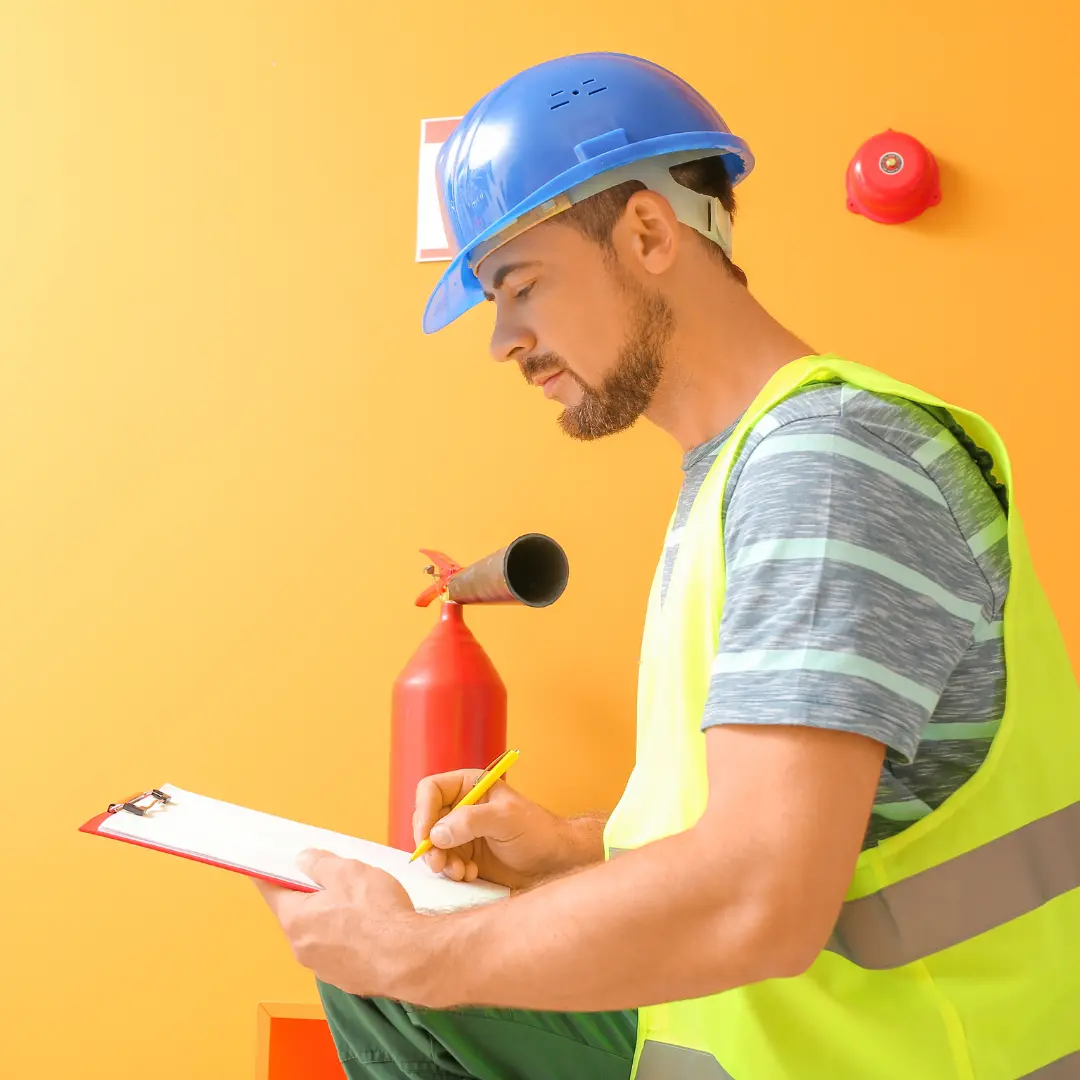Fire safety should be at the forefront of any building owner’s priorities. It’s not just about protecting valuable property, but safeguarding the lives of tenants, employees, and the broader community. One crucial measure in achieving this is obtaining a Fire Safety Certificate. But how long does this certificate last, and how can you acquire one to guarantee the safety of everyone within your building?
What is a Fire Safety Certificate?
A Fire Safety Certificate (FSC) is a legal document issued by the local fire department or authorized body, confirming that a building complies with all necessary fire safety regulations and standards. It verifies that the building’s fire safety measures are adequate for the size, occupancy, and potential hazards present. Essentially, it provides peace of mind knowing your building is equipped to handle a fire emergency effectively.
Validity Period:
The validity of a Fire Safety Certificate can vary depending on several factors, including:
- Local regulations: Different regions and countries have unique requirements for FSC validity. In many places, the standard validity period is three years. However, it could be shorter or longer depending on the specific rules and the complexity of the building.
- Building type and risk factors: High-risk buildings, such as hospitals, care homes, or those with a large number of occupants, may require more frequent inspections and certificate renewals, possibly annually. Conversely, low-risk buildings with minimal fire hazards might have longer validity periods.
- Changes to the building: Any alterations or renovations to the building structure, layout, or fire safety systems may necessitate revisiting the FSC and potentially obtaining a new one.
Obtaining a Fire Safety Certificate:
The process of obtaining a Fire Safety Certificate typically involves several steps:
- Fire Risk Assessment: A qualified fire risk assessor conducts a thorough inspection of the building to identify potential fire hazards, assess risks, and recommend mitigation measures.
- Implementation of Measures: The building owner must implement the recommended fire safety measures, which may include installing fire alarms, sprinkler systems, emergency exits, and signage.
- Application and Inspection: The owner submits an application for an FSC along with relevant documents, such as the fire risk assessment report and proof of implemented measures.
- Fire Department Inspection: A fire department official inspects the building to ensure compliance with regulations and verifies the effectiveness of the implemented measures.
- Issuance of Certificate: If everything meets the required standards, the fire department issues the Fire Safety Certificate.
Maintaining Fire Safety Beyond the Certificate:
Remember, obtaining a Fire Safety Certificate is just the first step. Maintaining a safe environment requires ongoing efforts. Here are some key practices to ensure continued fire safety:
- Regular fire drills and training: Conduct regular fire drills for occupants to familiarize them with escape routes and emergency procedures. Train staff on fire extinguisher use and other fire safety protocols.
- Preventative maintenance: Regularly inspect and maintain fire safety equipment, including alarms, sprinklers, and emergency exits. Ensure they are functional and free of obstructions.
- Update the Fire Risk Assessment: Periodically update the fire risk assessment to reflect changes in the building or occupancy. This helps identify new hazards and implement necessary revisions to fire safety measures.
- Stay informed: Keep yourself updated on any changes in fire safety regulations and implement them promptly.
Conclusion:
A Fire Safety Certificate is a vital document for safeguarding the lives of tenants and the public. By understanding its validity, the process of obtaining it, and the ongoing responsibilities it entails, building owners can create and maintain a fire-safe environment. Remember, fire safety is not just a legal requirement, but a moral obligation we owe to every person who steps foot within our walls. Let’s prioritize fire safety today to ensure a safer tomorrow for everyone.




